Starting your Muay Thai journey is exciting, but also overwhelming. With punches, kicks, knees, elbows, and clinching all packed into one art, it’s easy to feel like you're constantly behind.
But here’s a secret: you don’t have to master everything at once. Smart, focused practice using the right Muay Thai drills for beginners can accelerate your development faster than you think. Even simple movements, when drilled properly, can unlock hidden skills that shape your foundation as a fighter.
Why Focused Drills Matter for Beginners
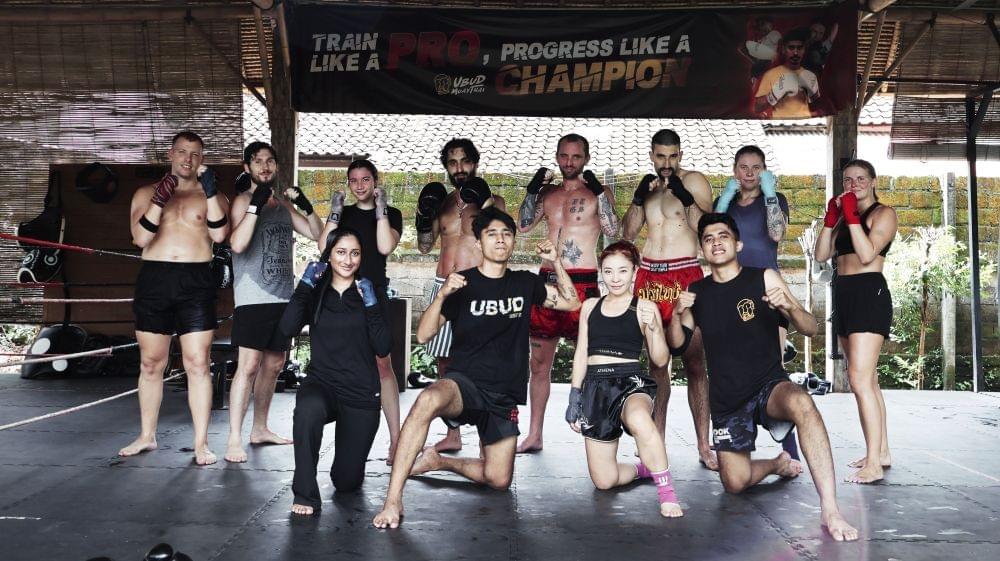
Many beginners jump into Muay Thai thinking it's all about power and aggression. While intensity plays a role, what truly builds long-term skill is repetition with purpose. Drills are how you internalize correct movement patterns, develop muscle memory, and gradually increase your reaction speed without sacrificing form.
In a structured Muay Thai class, drills serve as the bridge between theory and sparring. They isolate key techniques, like pivoting on a roundhouse, stepping off-center for a jab, or controlling the clinch, and give you space to refine them without the chaos of live exchanges. When you're new to the sport, these targeted repetitions help build rhythm, balance, timing, and mental clarity.
Even better? Some drills develop abilities you didn’t even realize you needed, like spatial awareness, weight transfer, or how to read an opponent’s body language, all of which become critical as your training progresses.
The Drills Every Beginner Should Master First
There’s no shortcut to becoming skilled in Muay Thai, but there is a smart path. By consistently practicing key foundational drills, beginners can build coordination, control, and awareness that support every advanced technique down the line.
Here are the essential Muay Thai drills for beginners that develop skills most don’t realize they’re missing, until they need them.
1. Shadowboxing
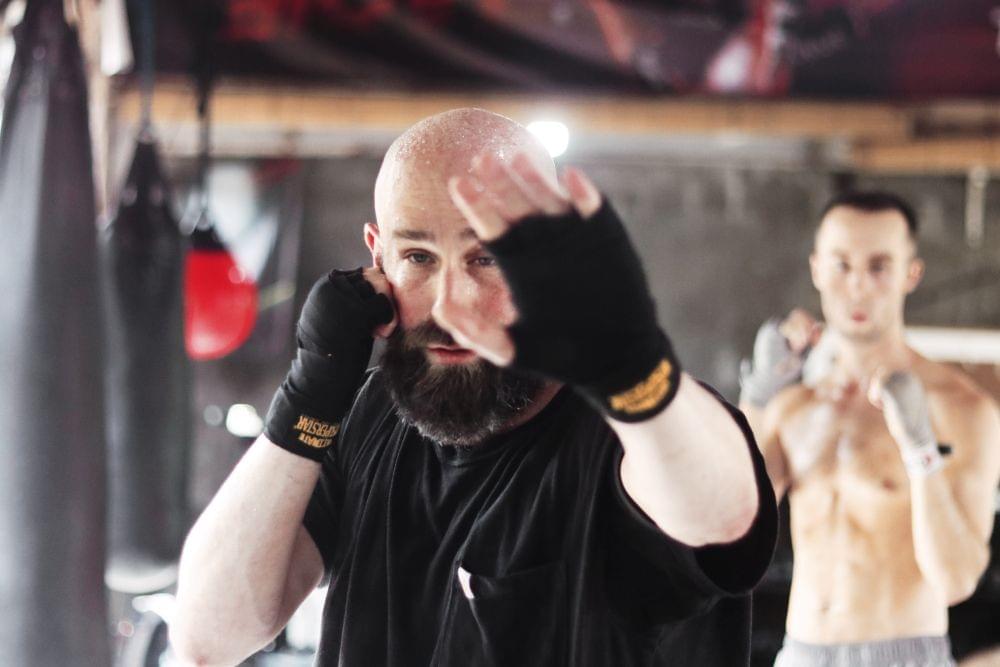
Shadowboxing is a solo drill that trains you to move like a fighter before you ever face an opponent. It teaches coordination, balance, and timing while allowing you to rehearse striking, footwork, and defense in fluid motion.
Many beginners skip this because it doesn’t feel “real,” but in reality, shadowboxing creates the mental blueprint for all your techniques. It builds your ability to visualize openings, control pace, and respond to imaginary threats, all of which transfer directly into pad work and sparring.
How to do it:
- Stand in your stance and start with slow, deliberate movements.
- Practice combos: jab-cross, jab-cross-hook, add teeps or knees over time.
- Use a mirror or film yourself to monitor posture, guard position, and foot placement.
- Visualize a real opponent, move around them, dodge, feint, and counter.
- Keep a consistent rhythm and focus on clean, technical execution.
2. Footwork Grids and Stepping Drills
Footwork is the engine of Muay Thai. Without it, your strikes won’t land properly, your defense will fall apart, and your balance will always feel off. Grids and stepping drills help beginners build awareness of spacing, angle control, and proper weight distribution. This training improves your ability to enter and exit safely, pivot when needed, and stay composed under pressure.
How to do it:
- Use tape or markers to form a square or cross-grid on the floor.
- Step forward, backward, and diagonally while staying in your fighting stance.
- Keep feet shoulder-width apart, knees slightly bent, and heels lifted.
- Practice staying light on your feet, avoiding crossing legs or hopping.
- Repeat movements slowly at first, then increase speed while maintaining control.
3. Basic Pad Work (Jab-Cross + Kick Combo)
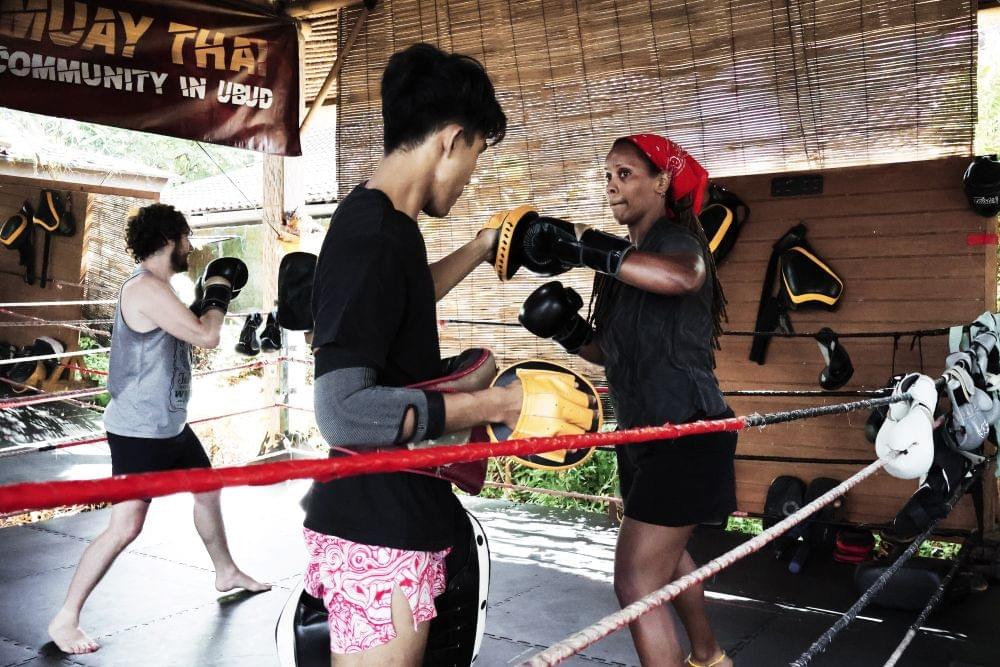
Pad work allows beginners to practice timing, technique, and range with a live partner. The jab-cross and kick combo is a perfect starting drill, teaching the importance of rotation, balance, and transitioning from hands to legs. This drill introduces rhythm and helps students start linking movements naturally, setting the stage for more advanced combinations later.
How to do it:
- With a pad holder, throw a jab, followed by a cross, then a rear roundhouse kick.
- Focus on turning the hip for each strike; don’t rush between transitions.
- Reset your stance after each combo to reinforce structure and flow.
- Breathe out with every strike to control pace and power output.
- After a few rounds, switch sides to develop both stances.
4. Teep (Front Kick) Drill
The teep, or front push kick, is one of the most underappreciated tools in a beginner’s arsenal. It controls distance, disrupts an opponent’s rhythm, and maintains balance in exchanges.
Learning the teep early helps beginners feel confident managing range and maintaining a defensive posture even while attacking.
How to do it:
- Practice teeps on a heavy bag or with a belly pad holder.
- Lift the lead or rear knee first, then extend the leg while pushing from the hips.
- Keep your upper body upright, and return immediately to your stance after the kick.
- Aim for the center of mass, kick to create space, not just for damage.
- Alternate legs to develop comfort and control on both sides.
5. Clinch Entry and Positioning Drill
Clinching is one of the most technical elements of Muay Thai, and one of the hardest for beginners. Learning basic entries and proper posture early on builds confidence in close-range fighting. This drill focuses on gaining inside control, maintaining balance, and preparing for future off-balancing techniques and knee strikes.
How to do it:
- With a partner, start chest-to-chest and practice hand fighting to achieve inside control.
- Position your arms around the opponent’s neck or biceps with elbows tight and back straight.
- Pull gently and shift your weight to feel their balance points.
- Keep your hips close, posture upright, and feet grounded for maximum control.
- Reset and repeat slowly to build familiarity with positioning and grip pressure.
Avoiding Mistakes Everyone Makes
1. Prioritizing Power Over Technique
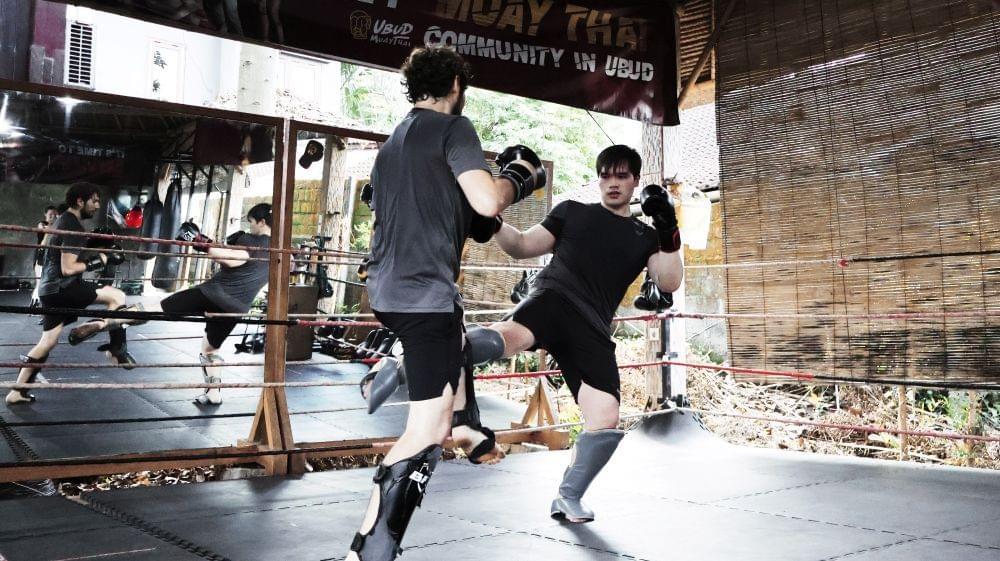
One of the most common mistakes beginners make is focusing too much on hitting hard, especially when working with pads or the heavy bag. While it feels good to generate loud impact, doing so without proper mechanics leads to poor balance, overextension, and inefficiency.
In Muay Thai, true power doesn’t come from brute force; it comes from clean technique, correct body rotation, and timing. Instead of rushing to hit harder, new students should aim to execute each movement with control and precision. When your form is right, power naturally follows.
2. Treating Drills Like a Race
Trying to move too quickly through drills is a mistake that almost always leads to sloppy form. Beginners often try to keep up with more advanced students or assume that speed equals skill.
But rushing through movements prevents your body from absorbing proper mechanics, and ultimately creates more problems than progress. In Muay Thai, quality always outweighs quantity. Slow, deliberate execution builds real muscle memory and helps you stay balanced, controlled, and technically sound. When your foundation is solid, speed will develop naturally, and with far greater effectiveness.
3. Lack of Consistency
Inconsistent training is one of the biggest obstacles for beginners. Some train hard for a few sessions, then disappear for days or weeks. This stop-start pattern disrupts the development of muscle memory, conditioning, and rhythm.
Unlike short-term sports, Muay Thai rewards steady, long-term commitment. Consistency reinforces technique, sharpens reaction time, and builds physical resilience. Even if you can only train twice a week, doing so regularly is far more effective than sporadic bursts of intense effort. The more consistent your routine, the quicker you’ll progress.
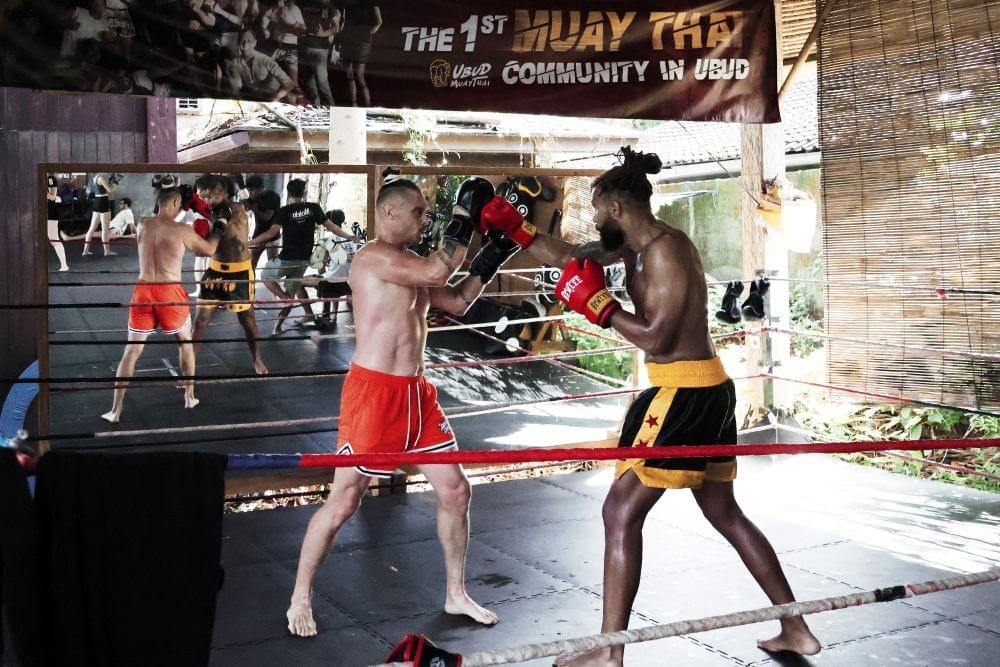
Every advanced fighter was once a beginner who repeated basic drills until they became second nature. If you want to progress faster, stay injury-free, and truly understand Muay Thai, the key isn’t to rush; it’s to drill with purpose. The best Muay Thai drills for beginners are the ones that build unseen skills: control, balance, timing, and awareness.
At Ubud Muay Thai, our beginner-friendly classes are designed to teach these core principles in a supportive, structured environment. Our trainers don’t just push you through workouts; they guide you through drills that lay the groundwork for long-term growth.

